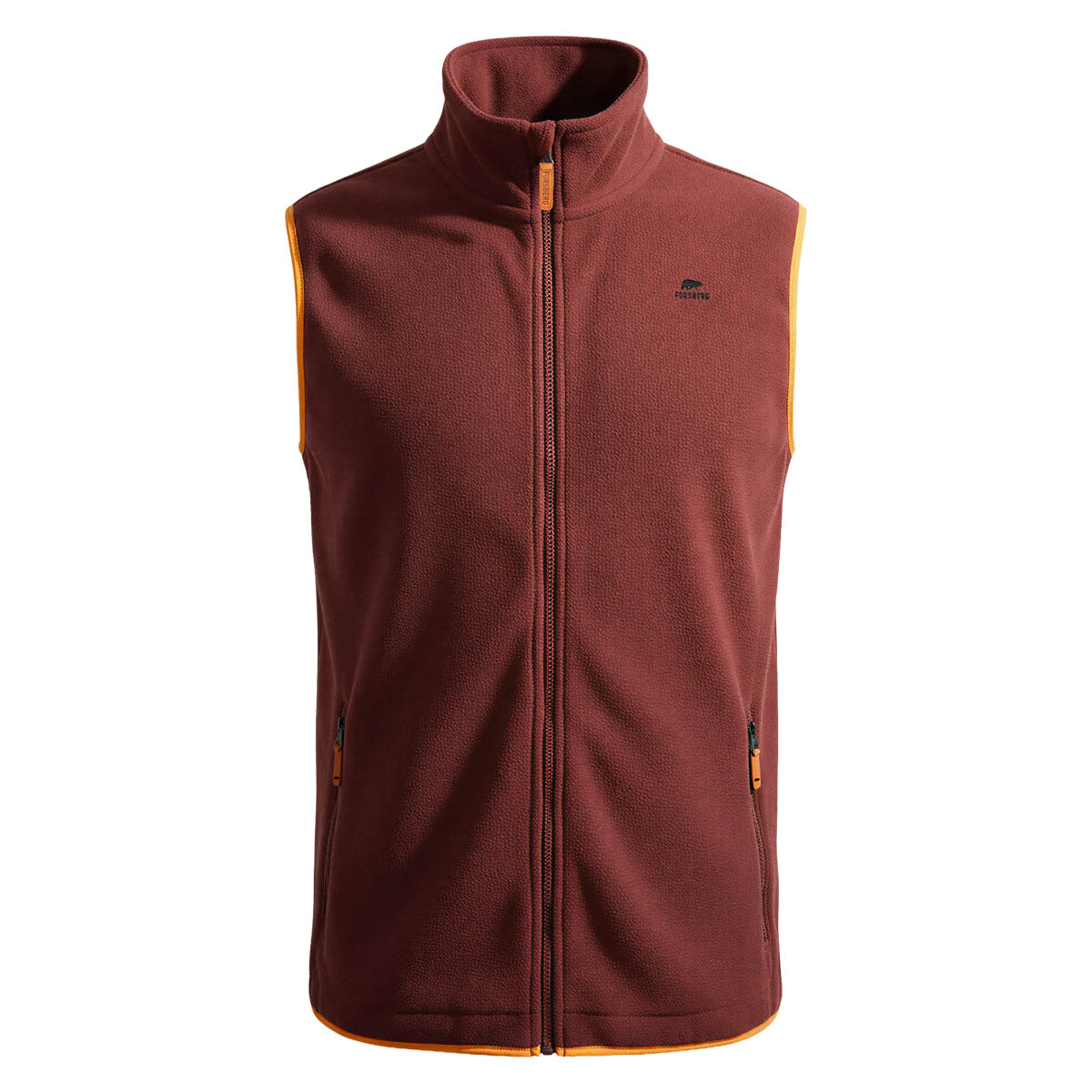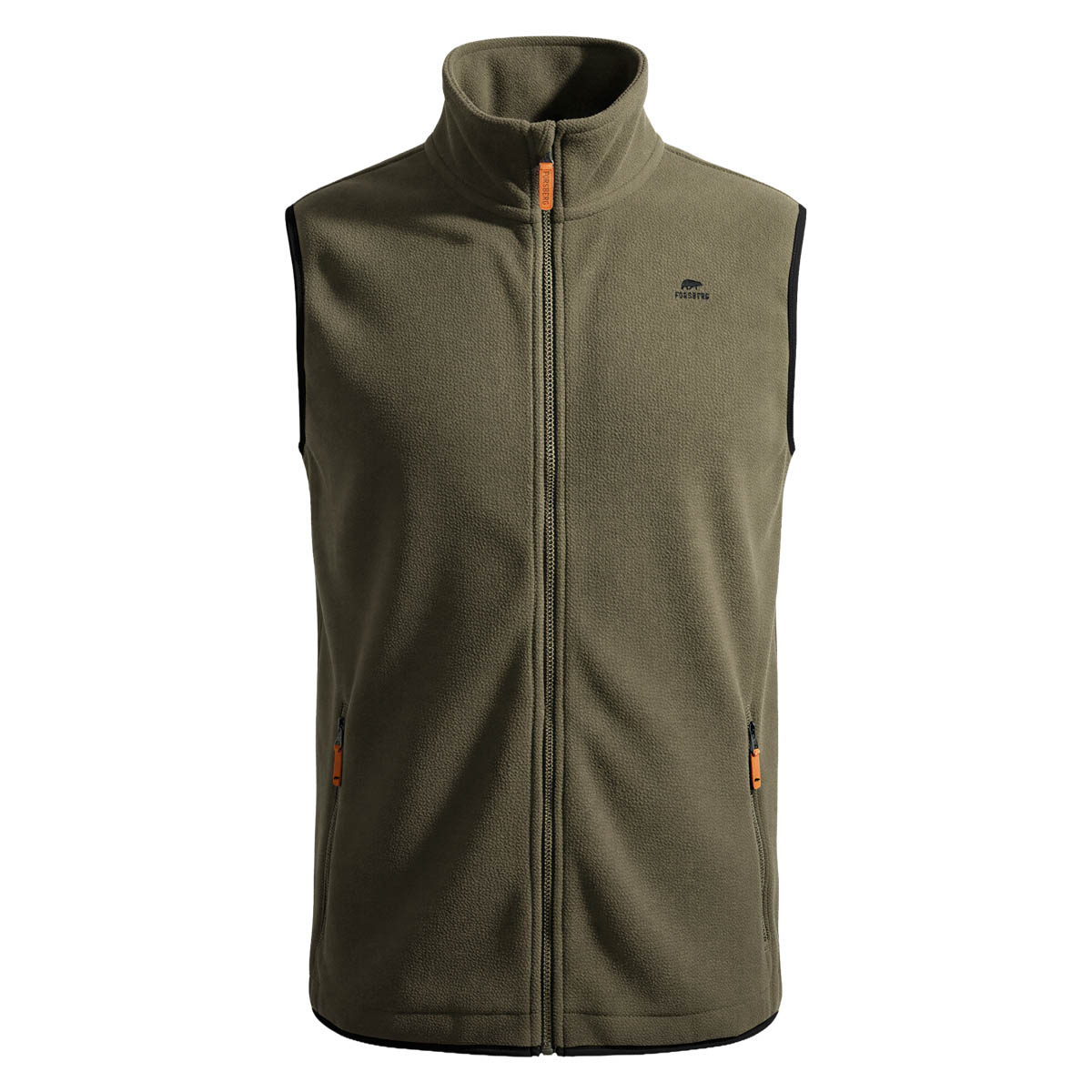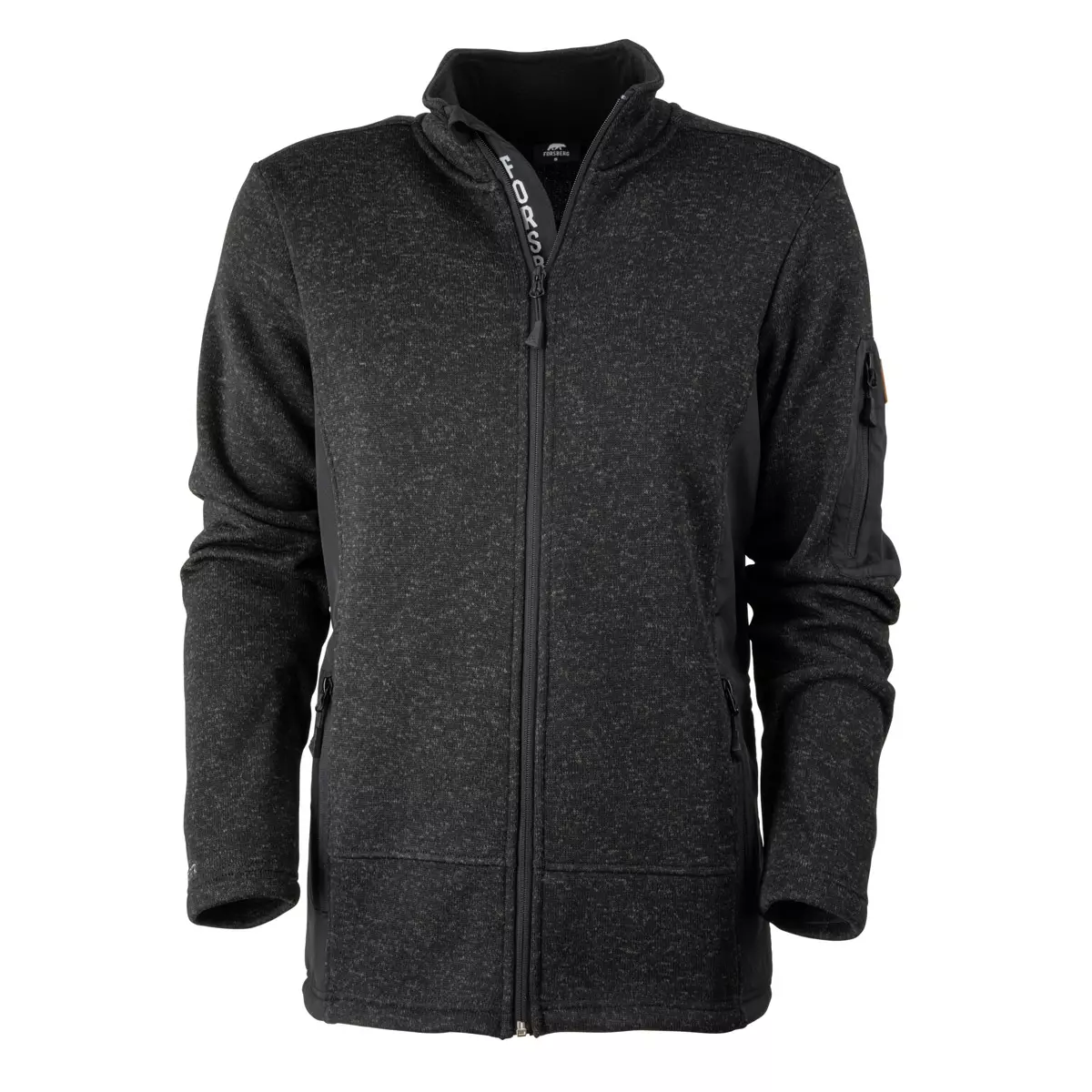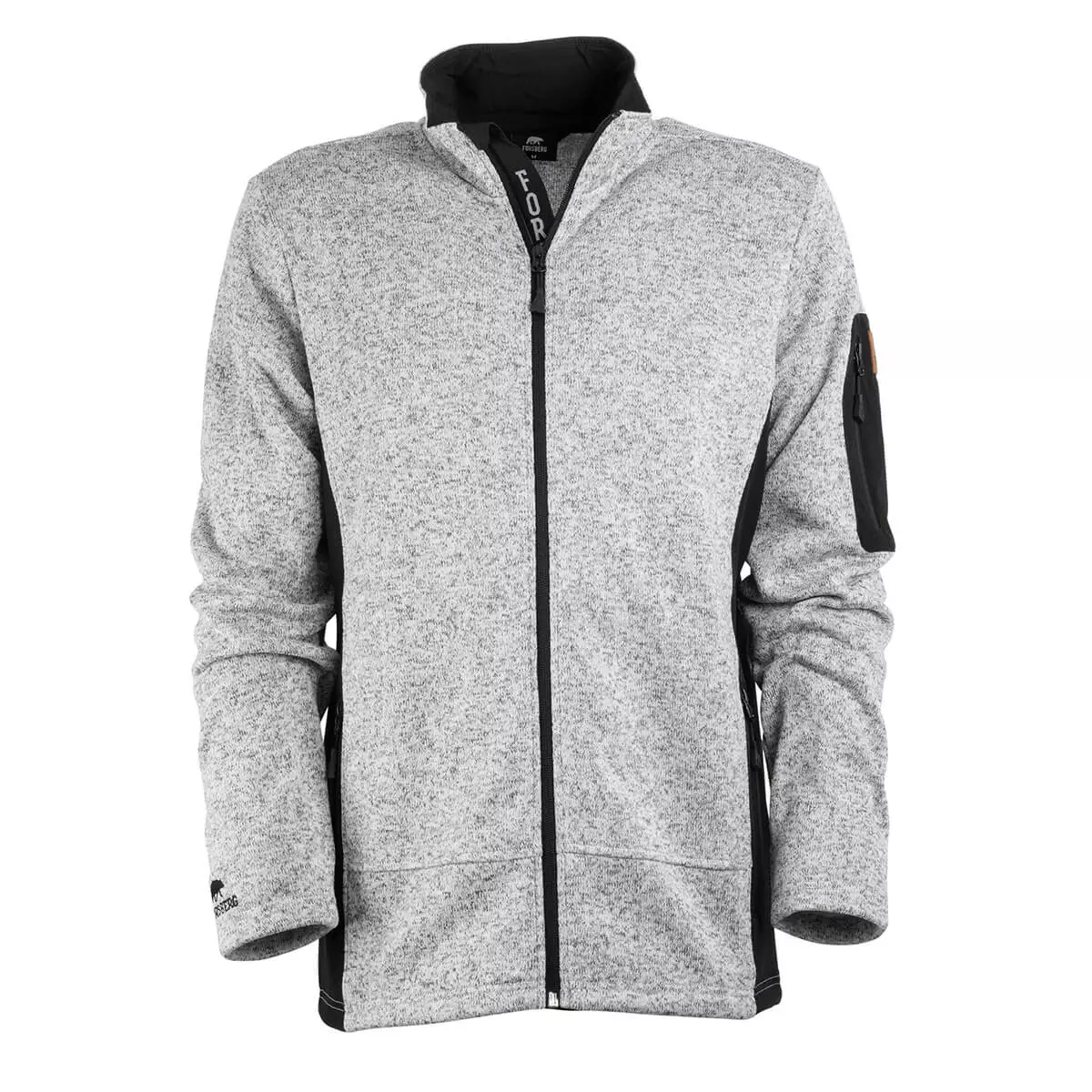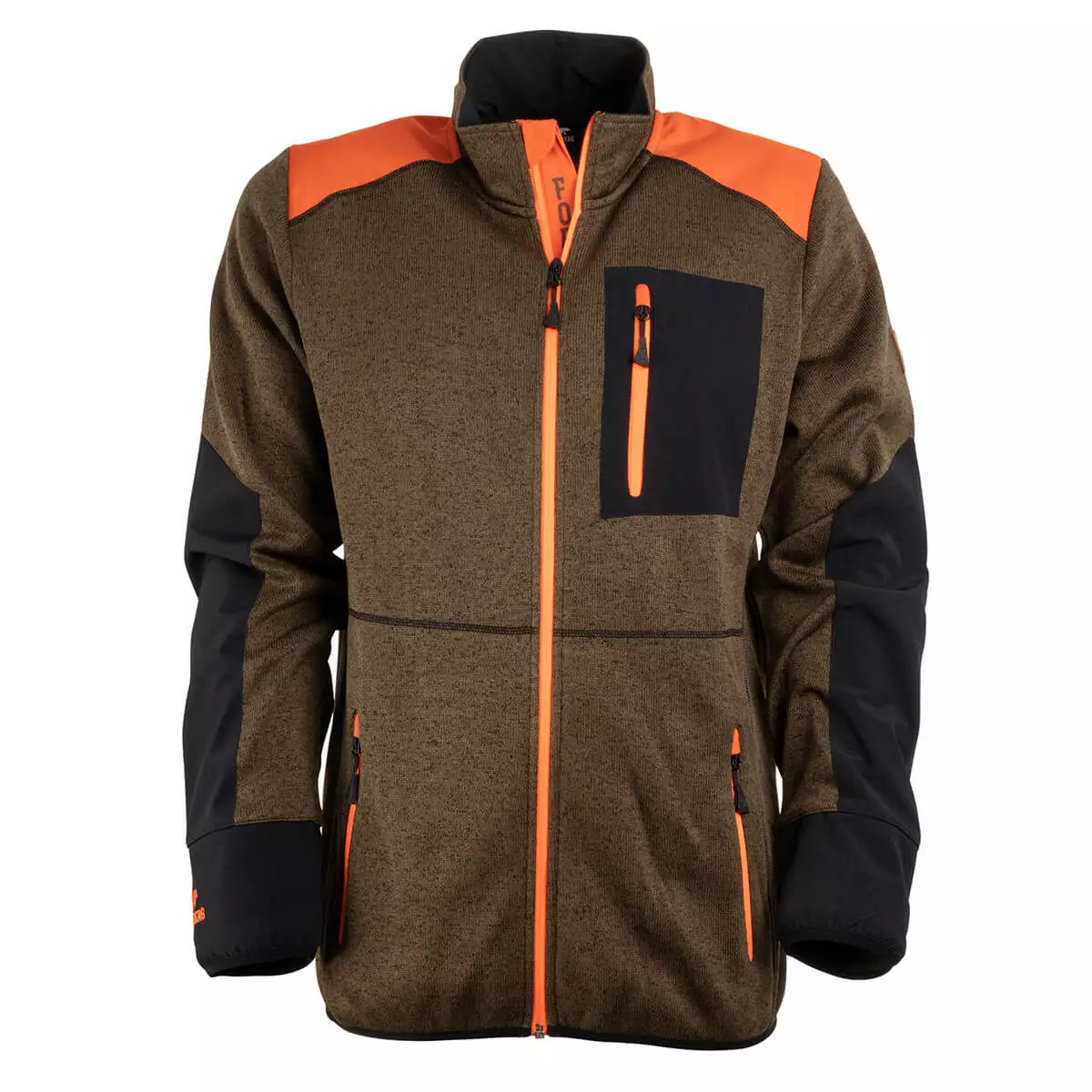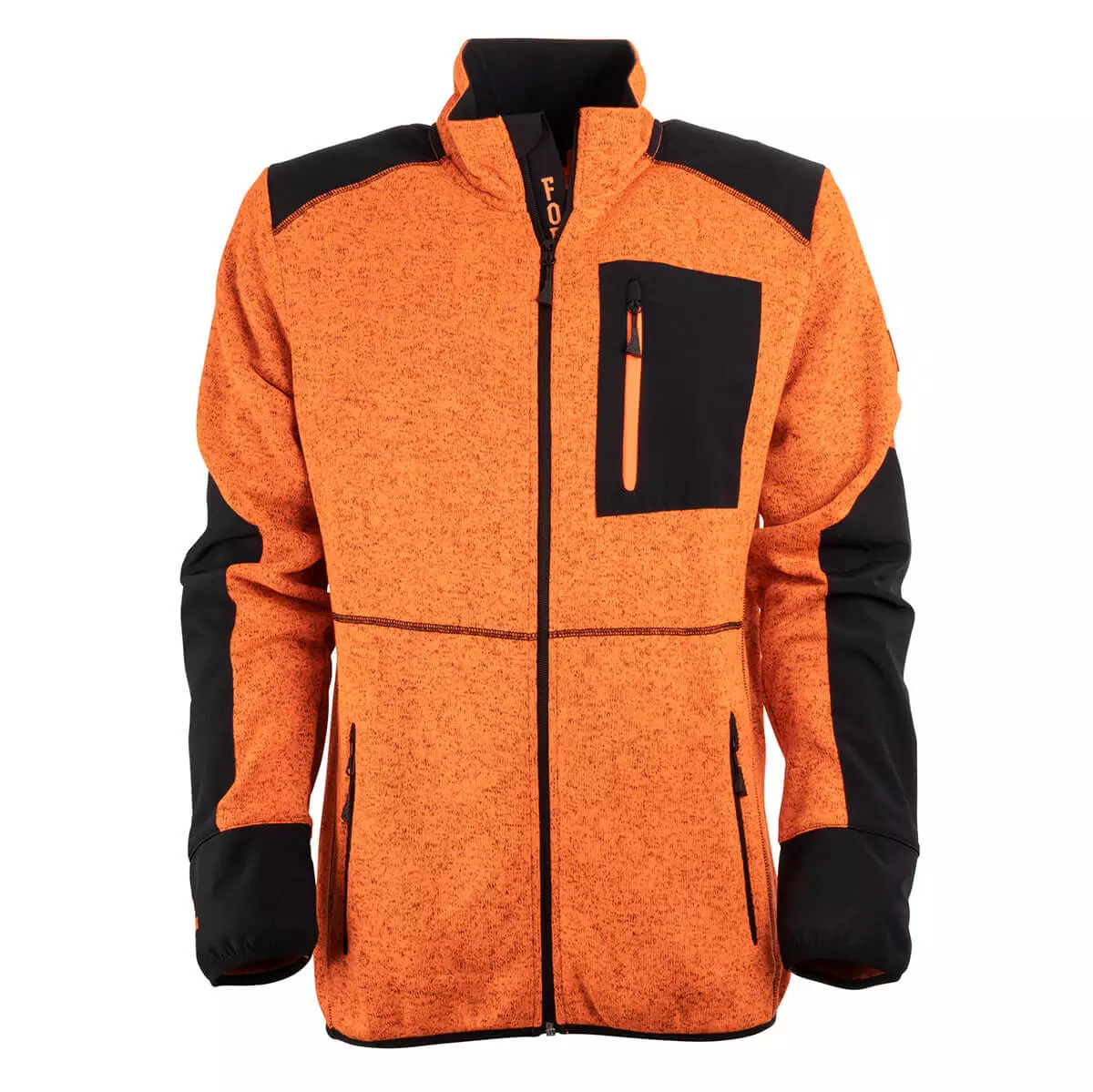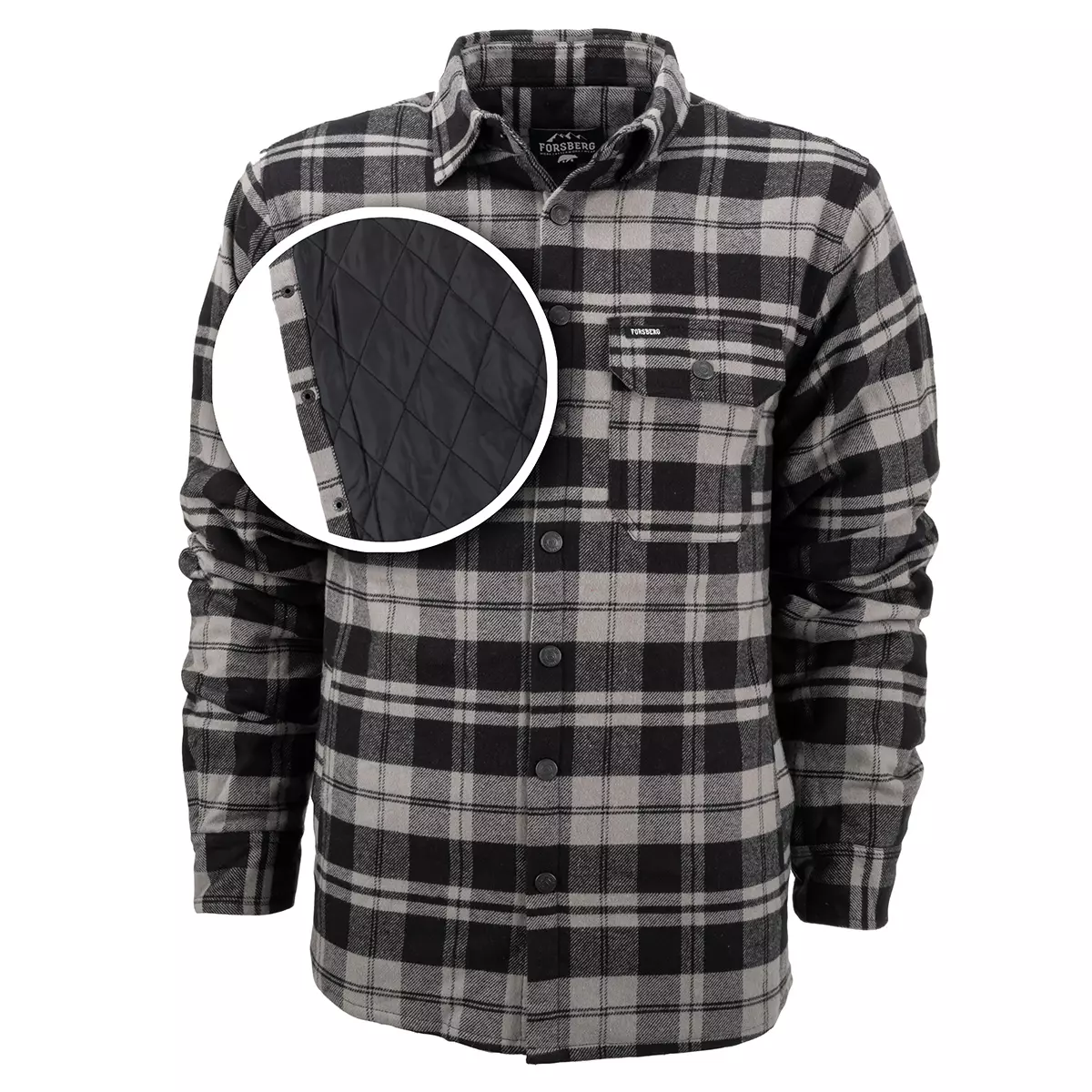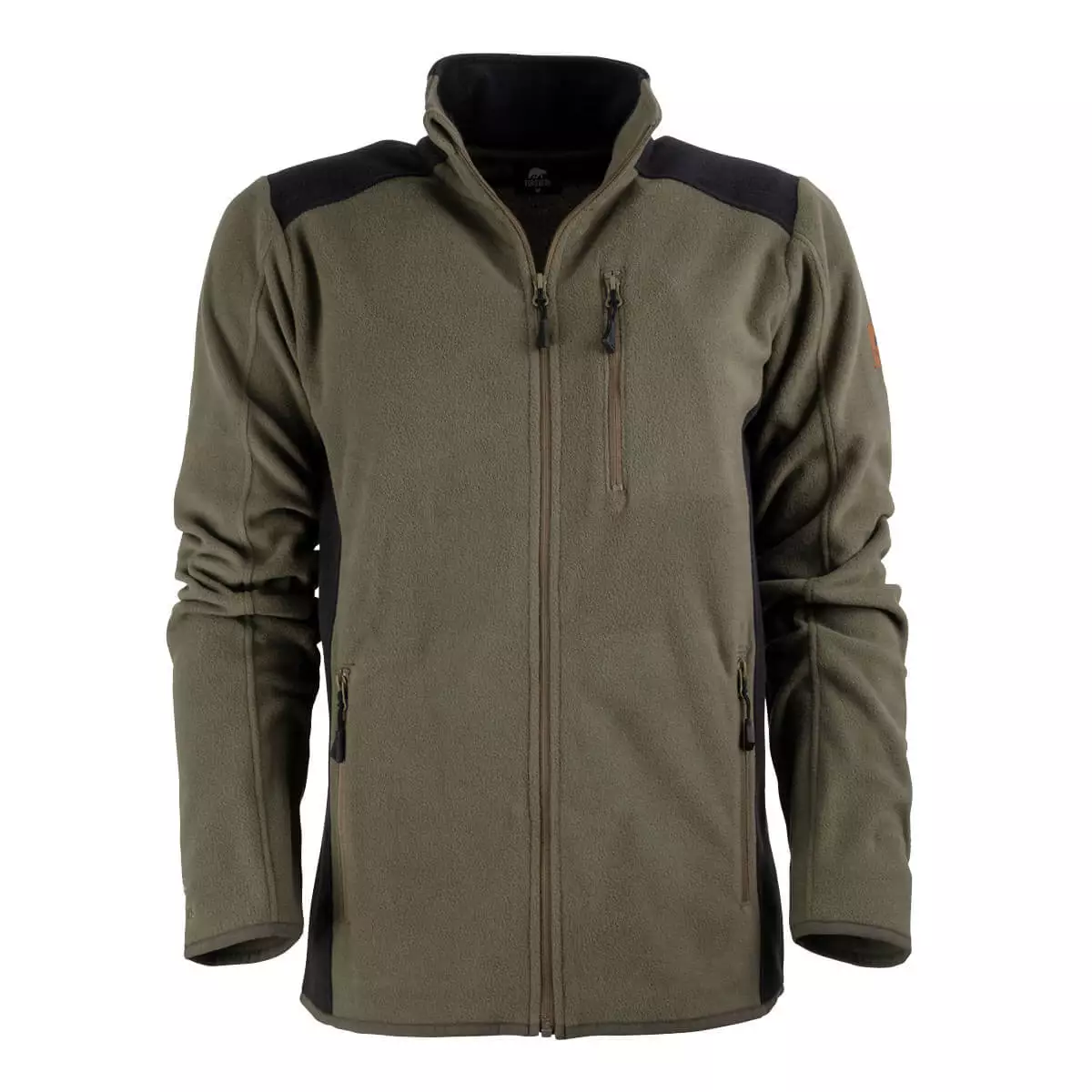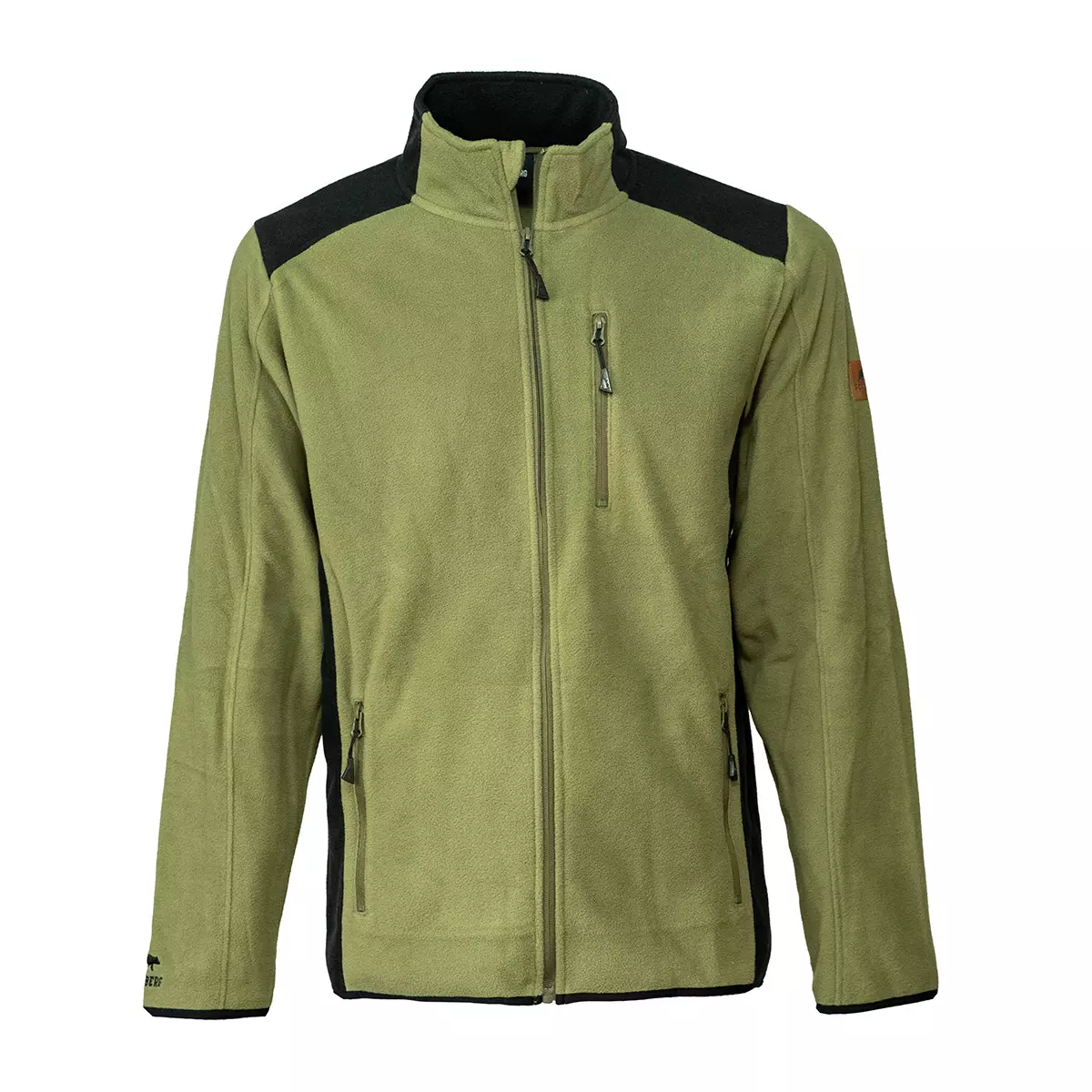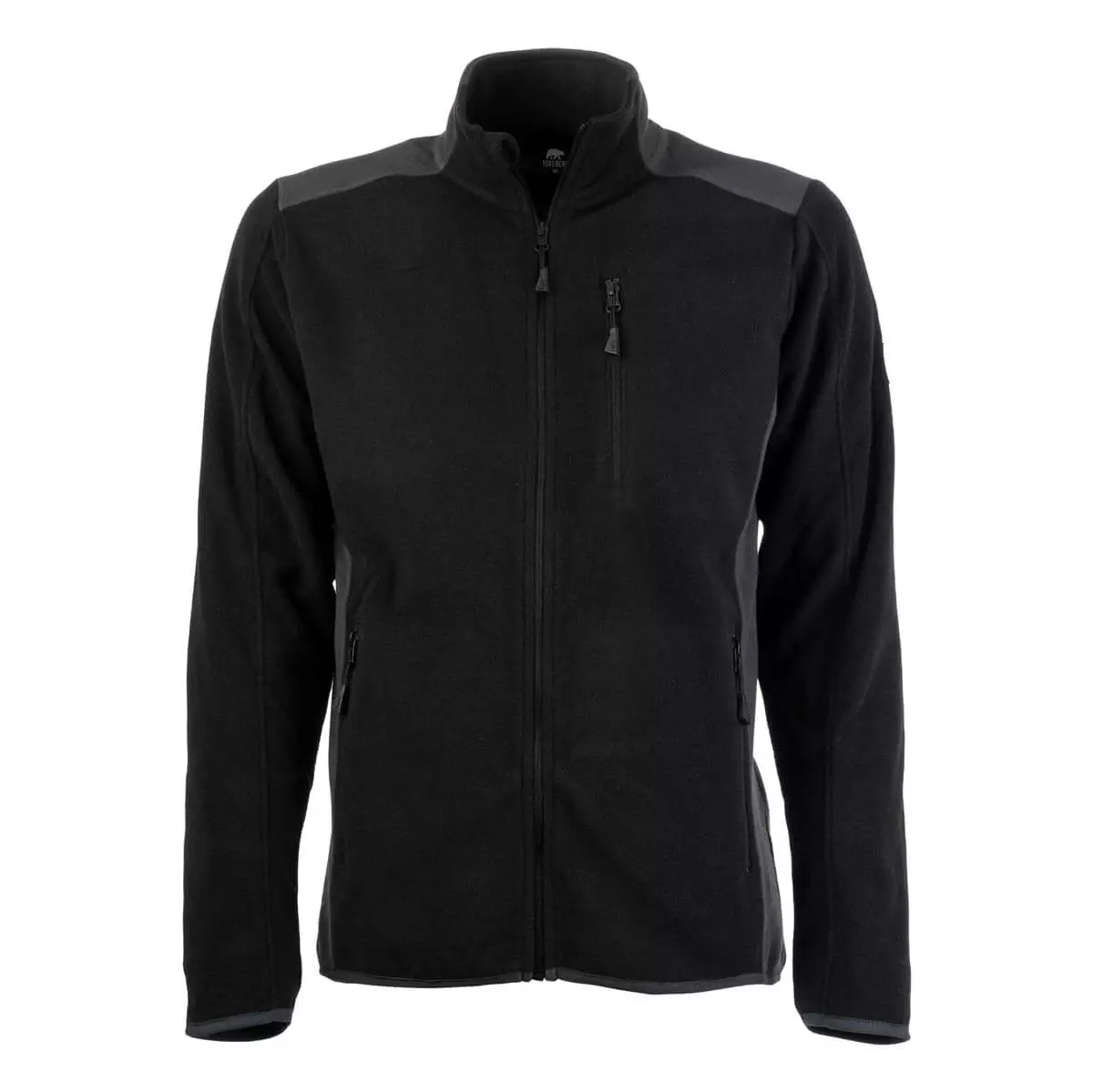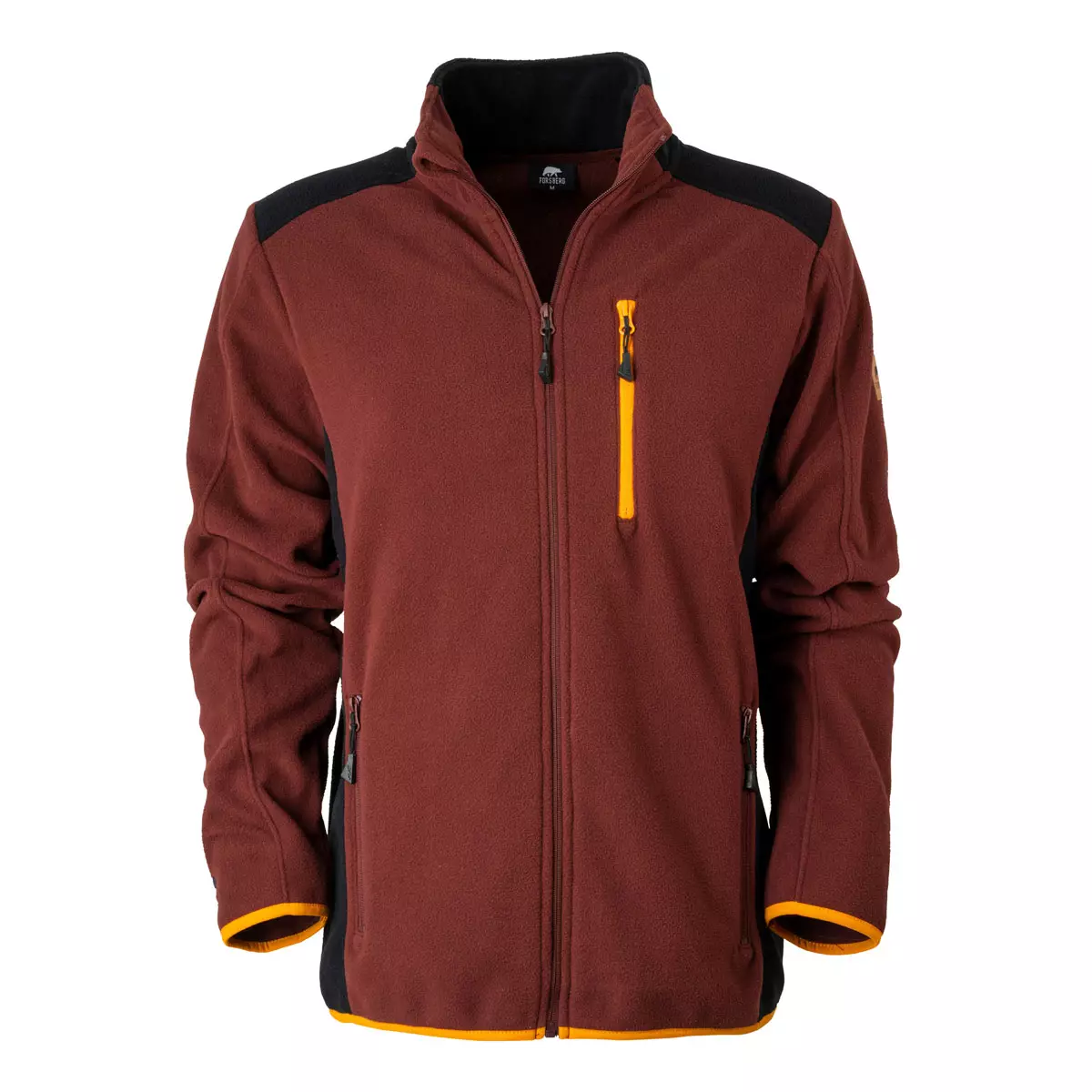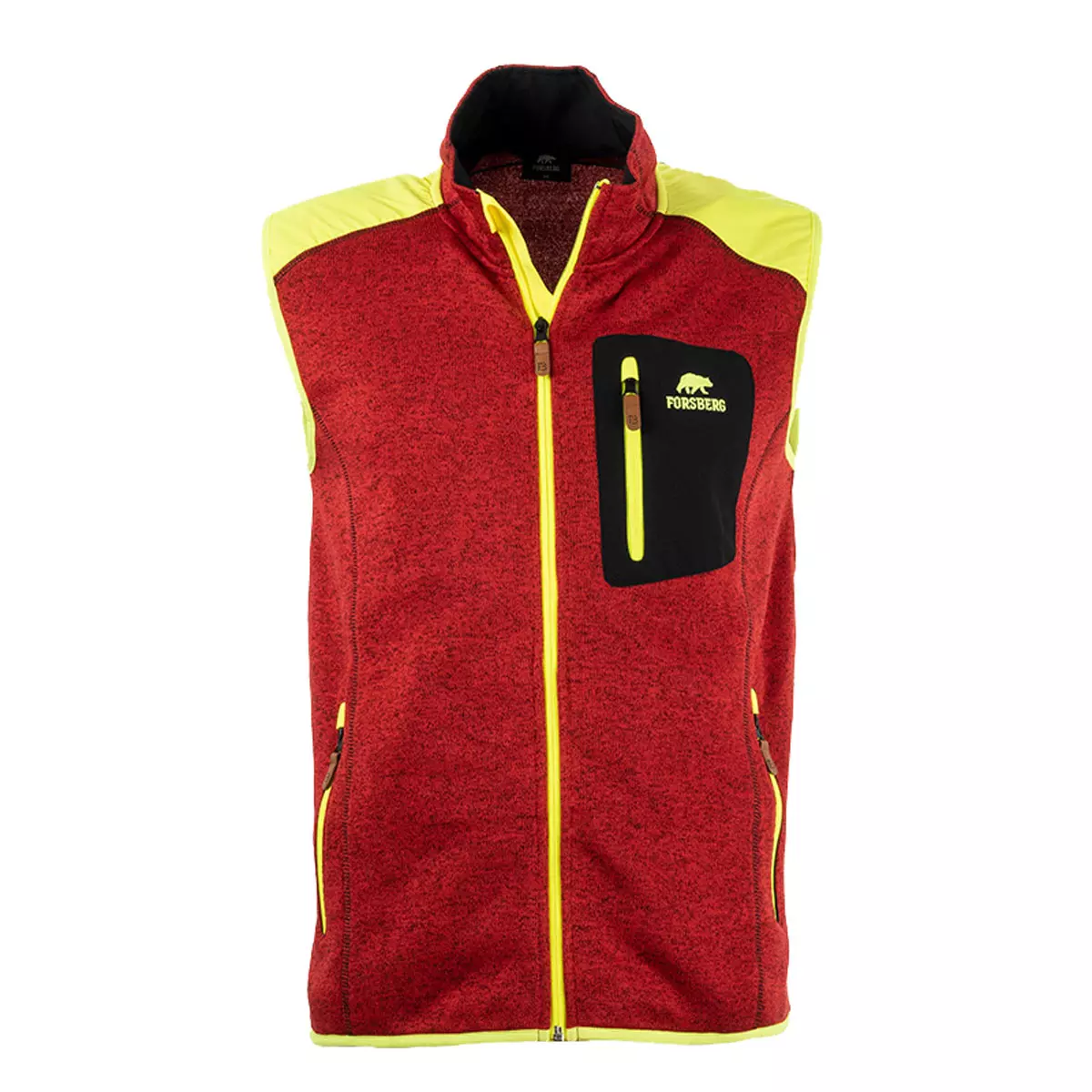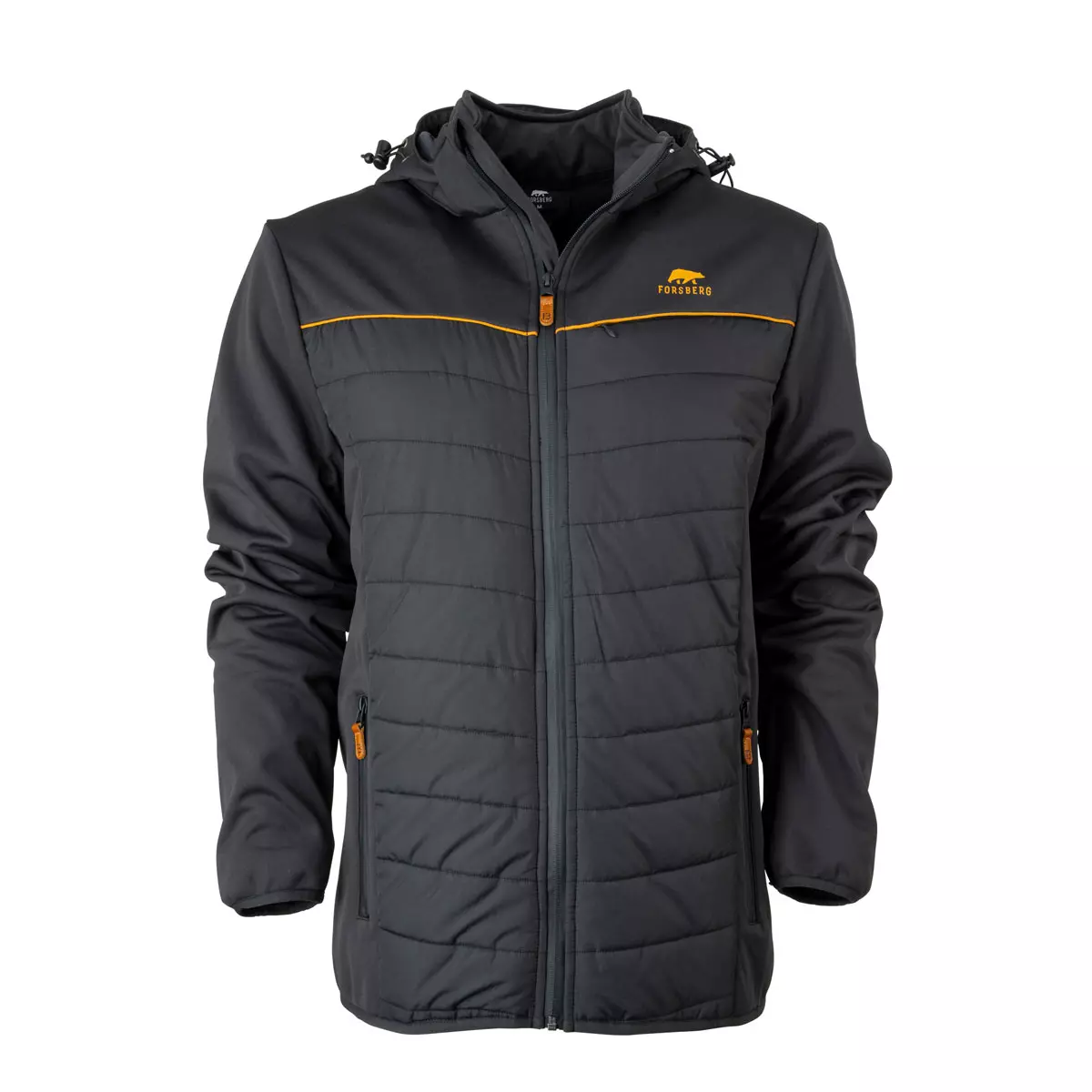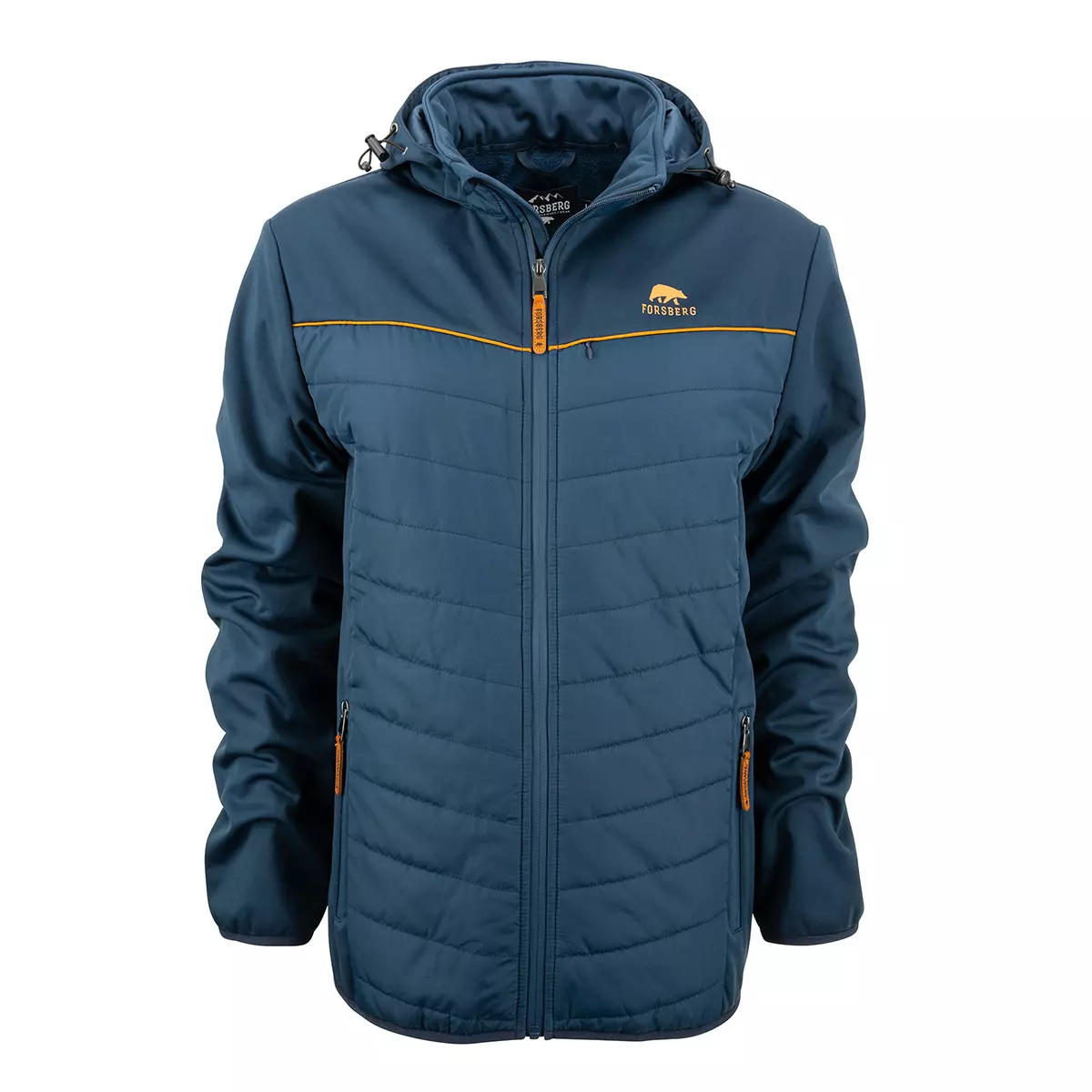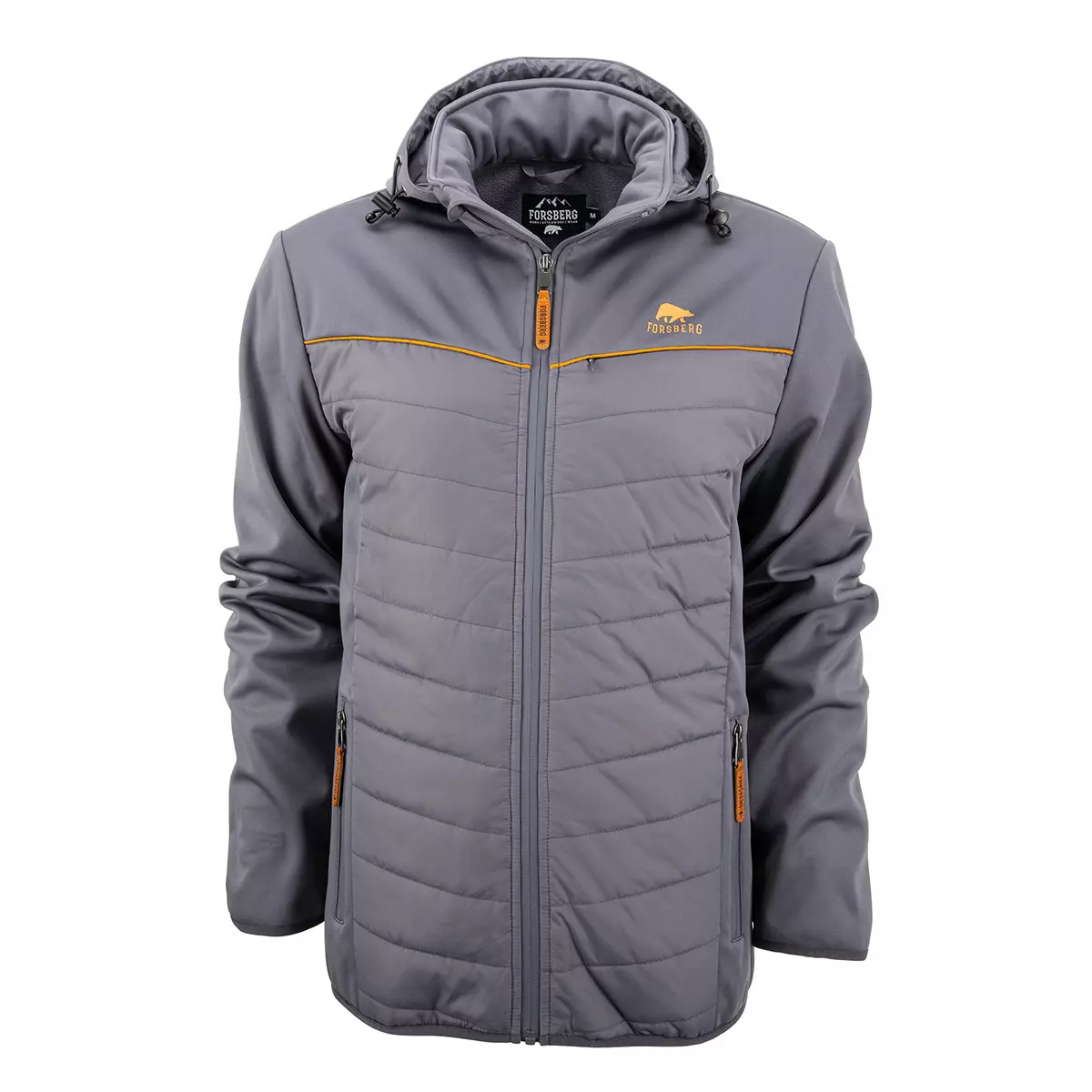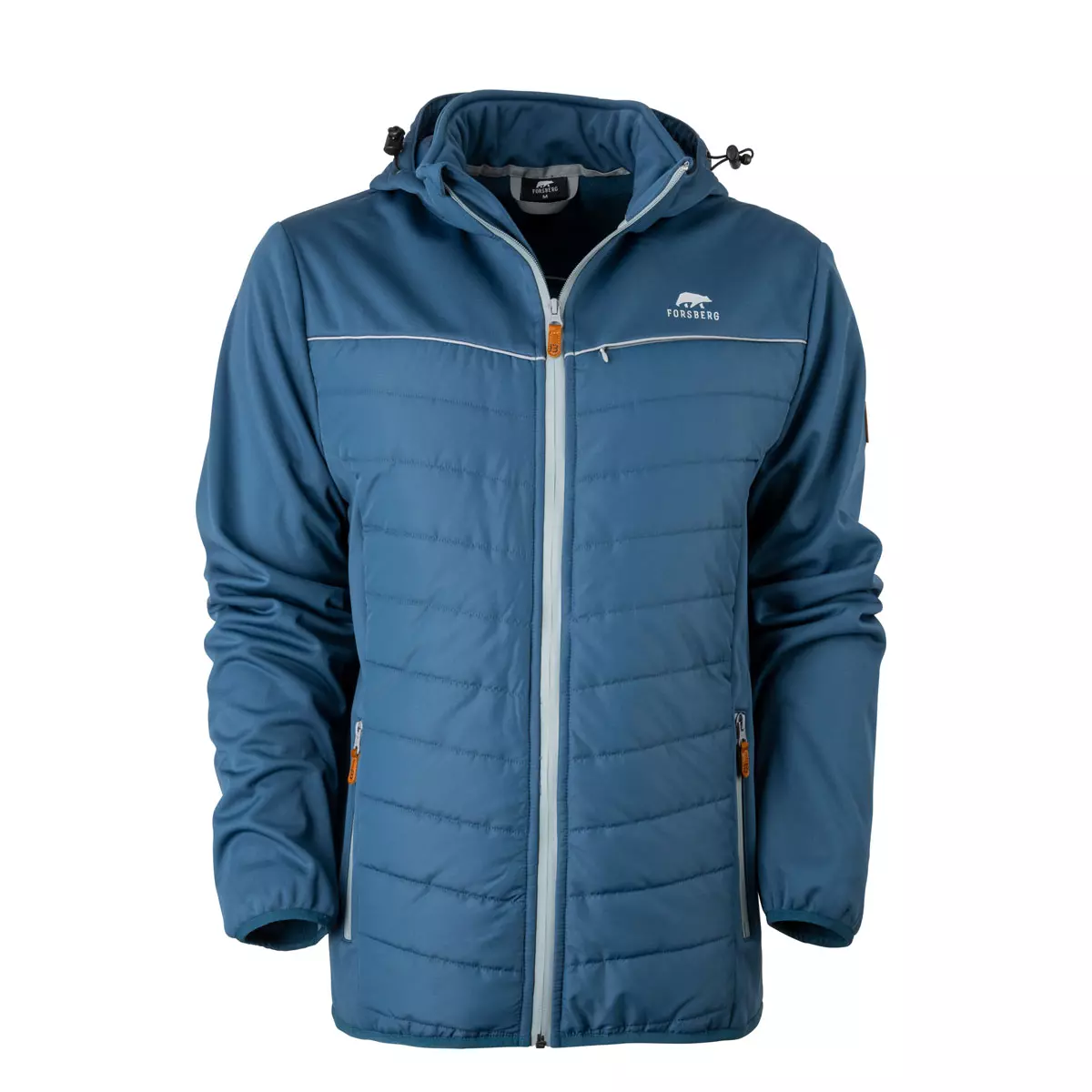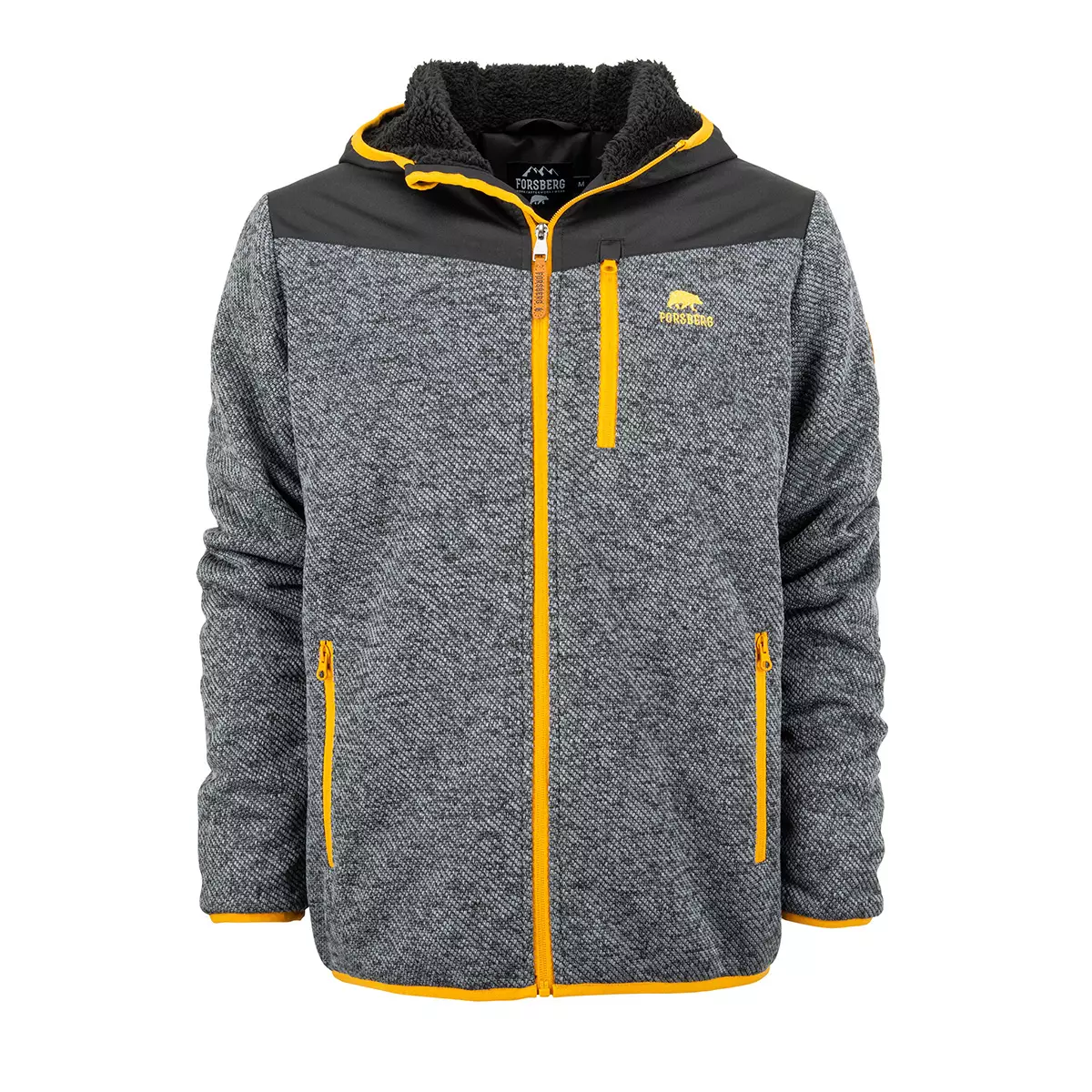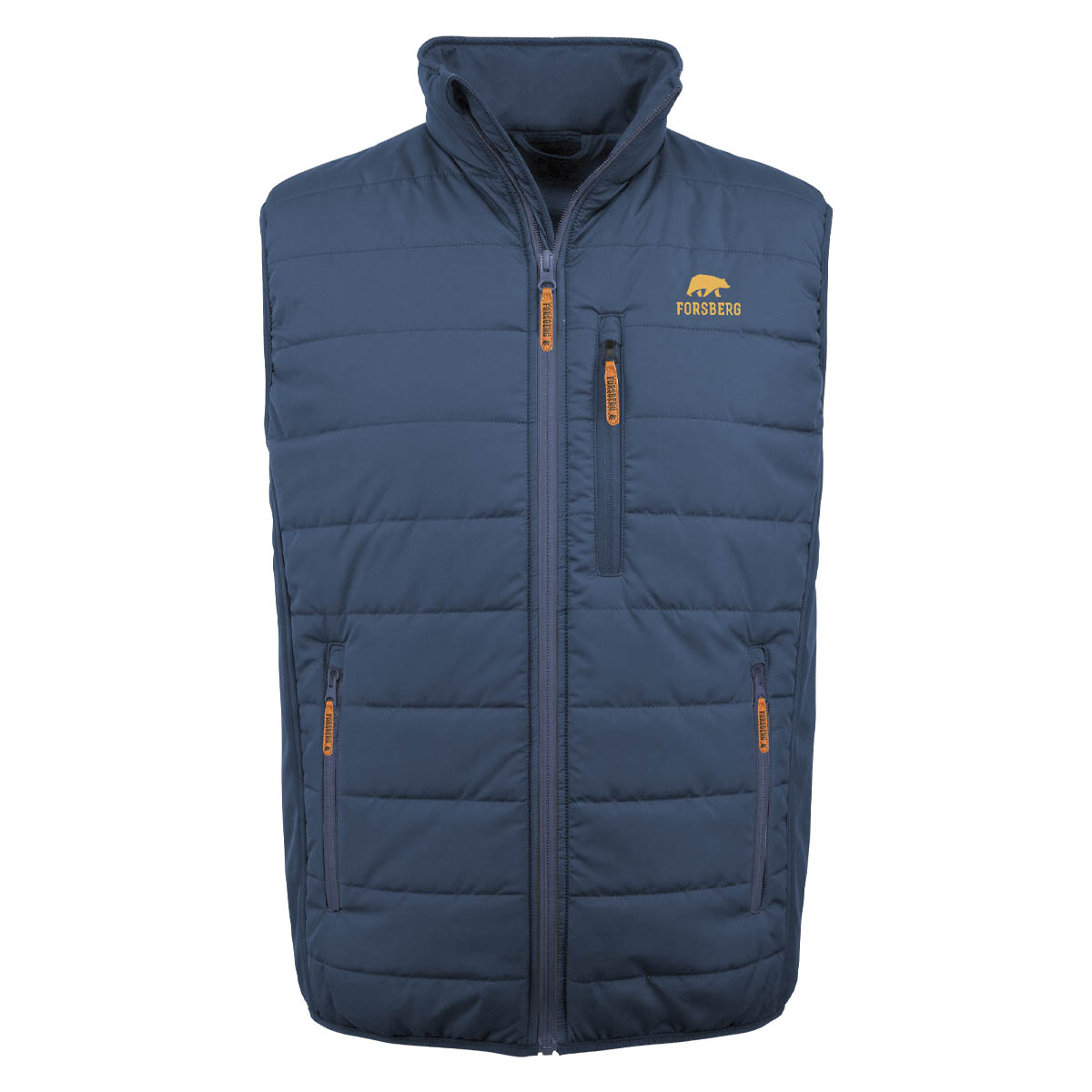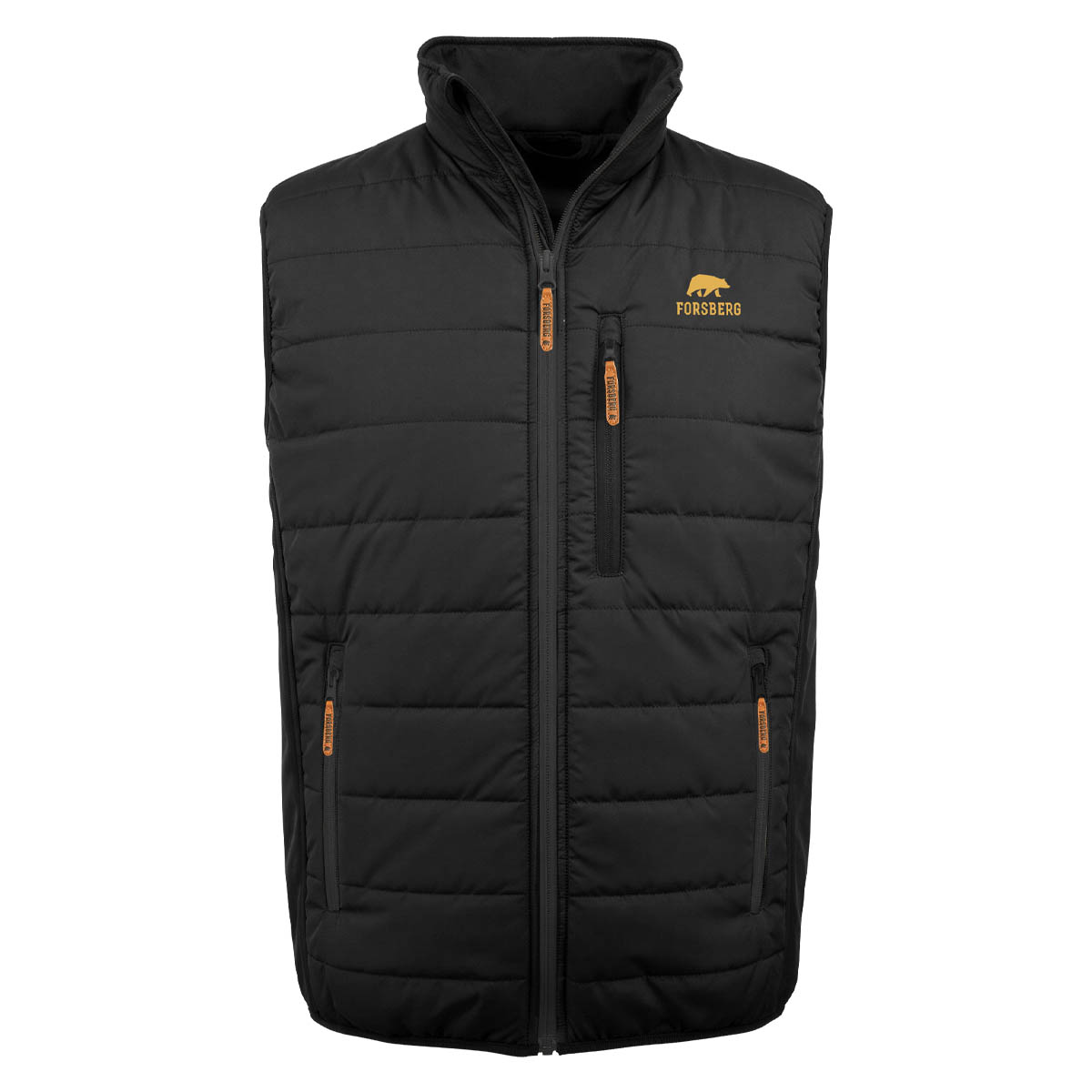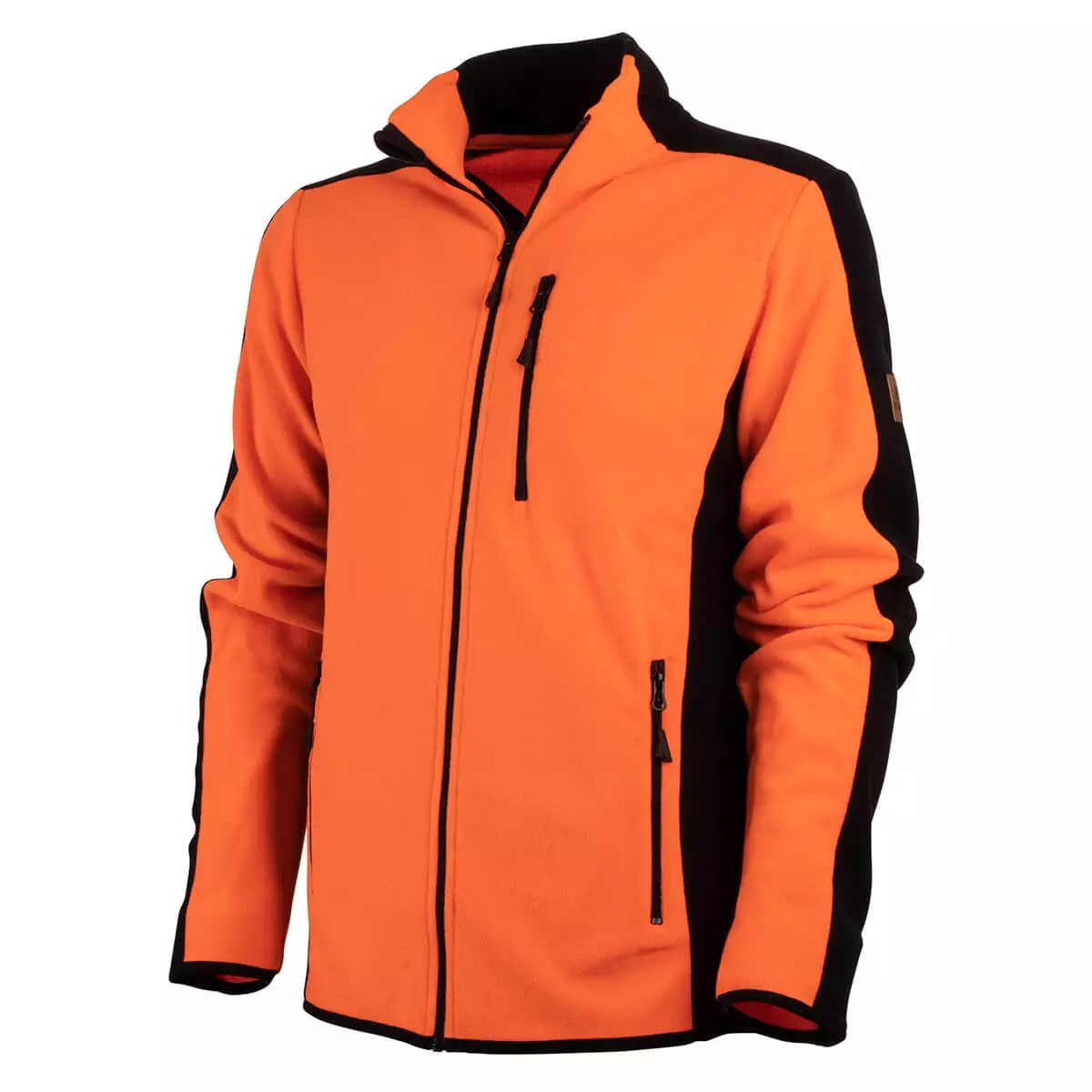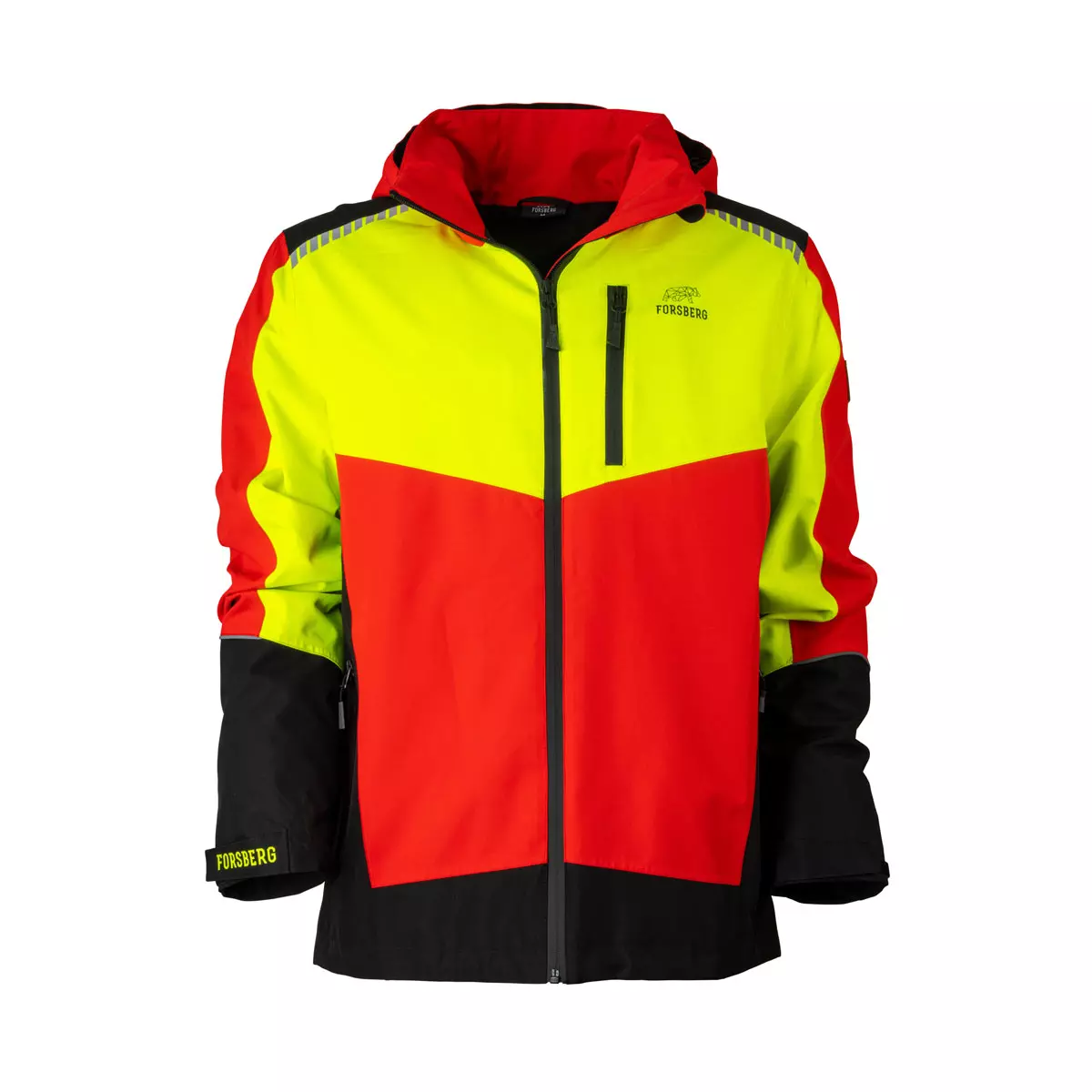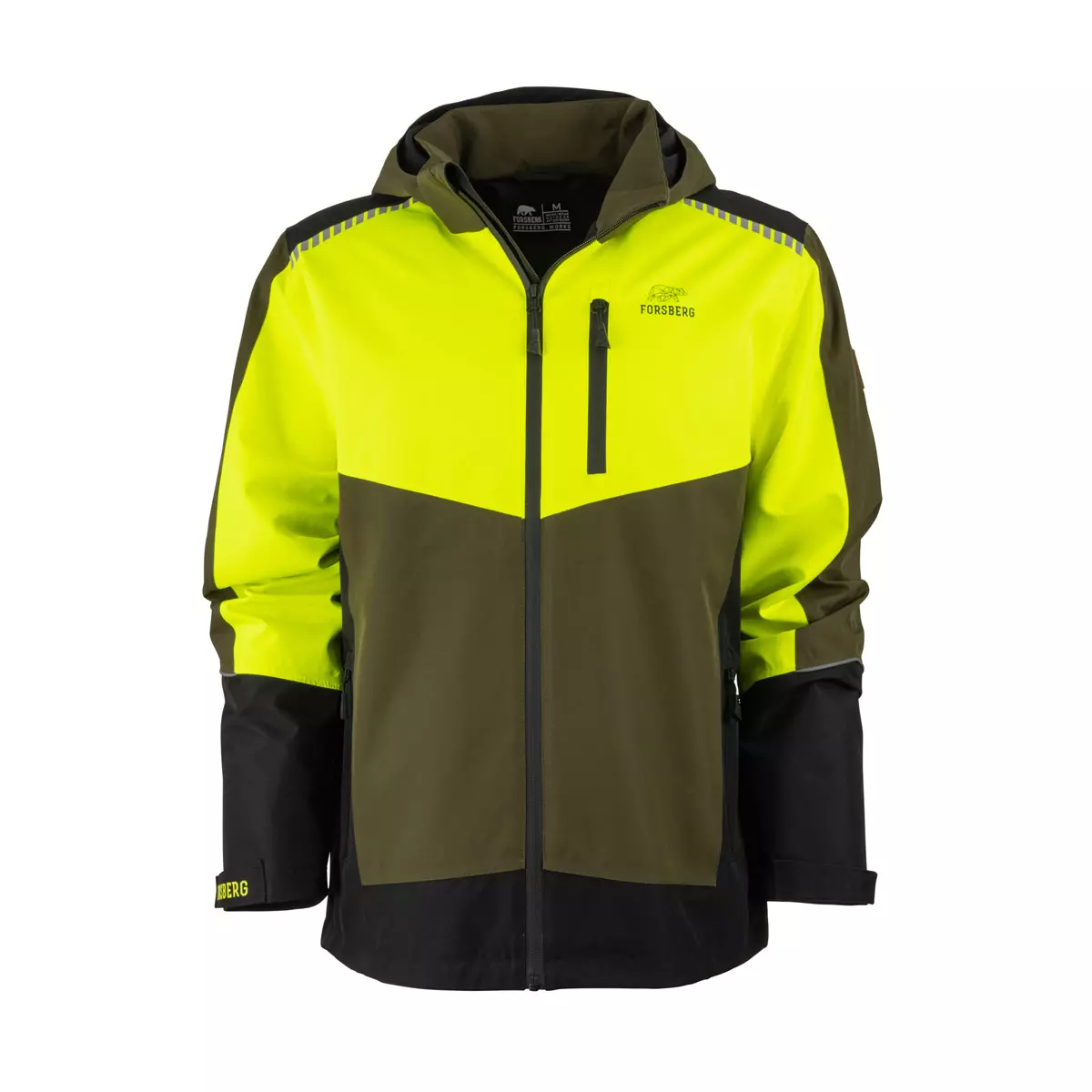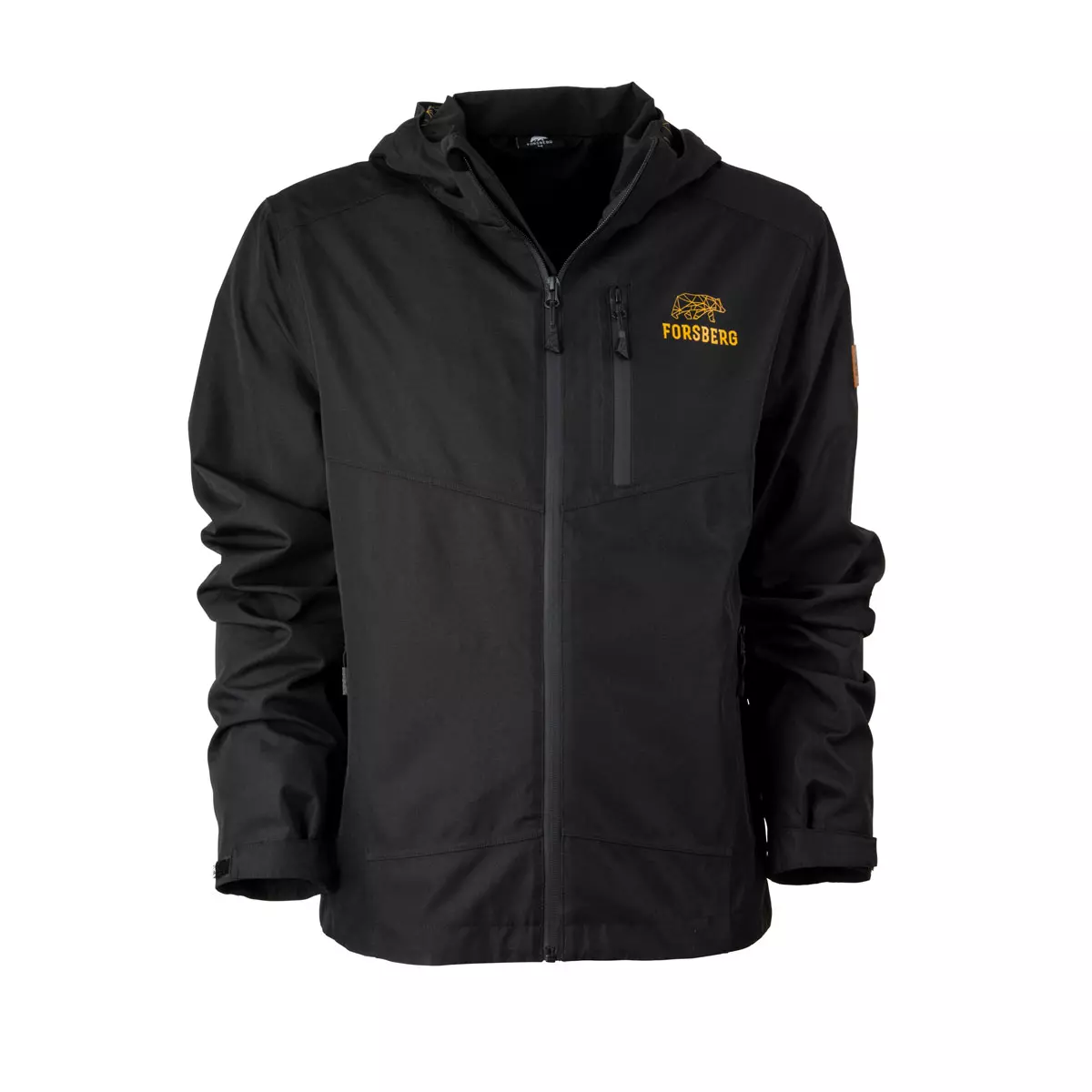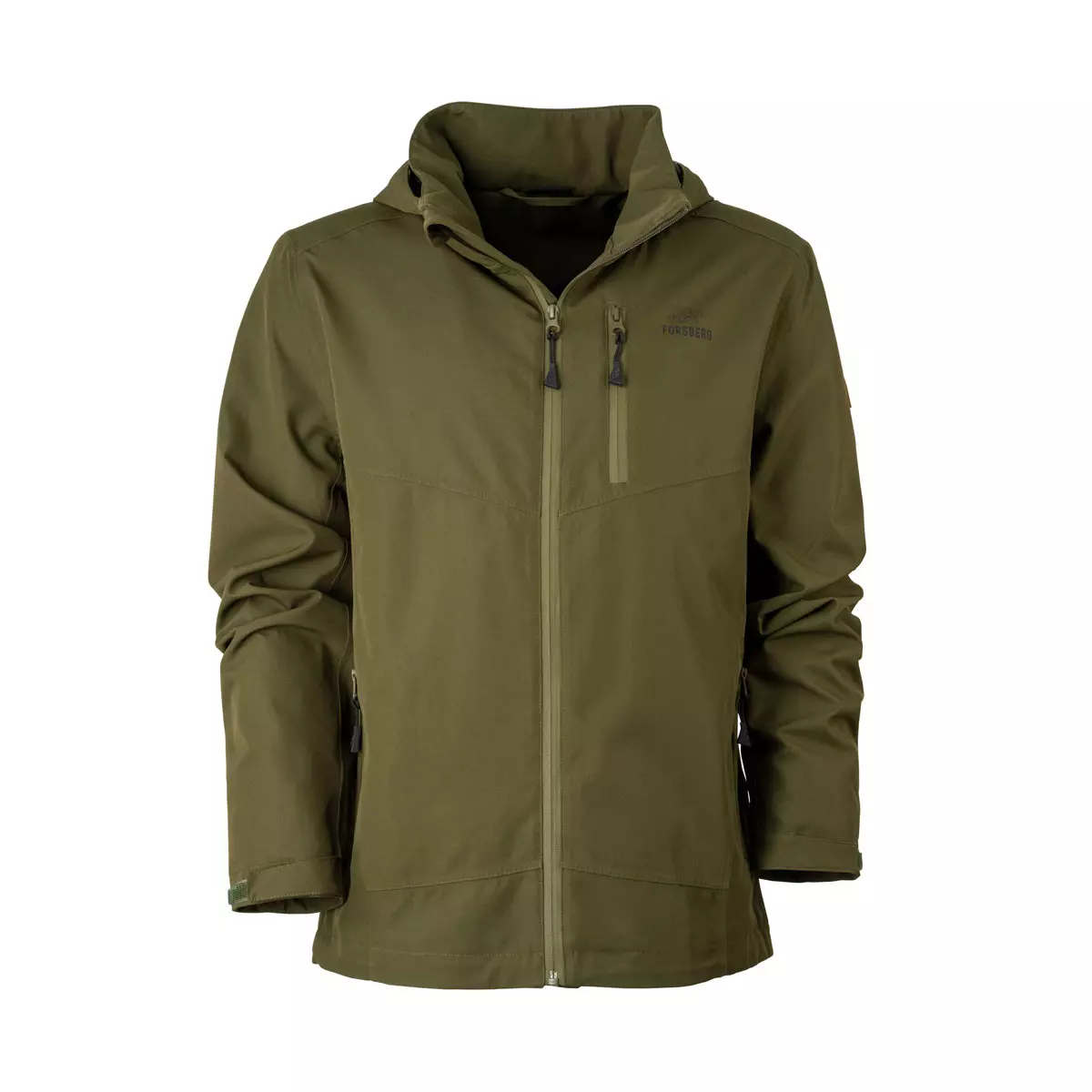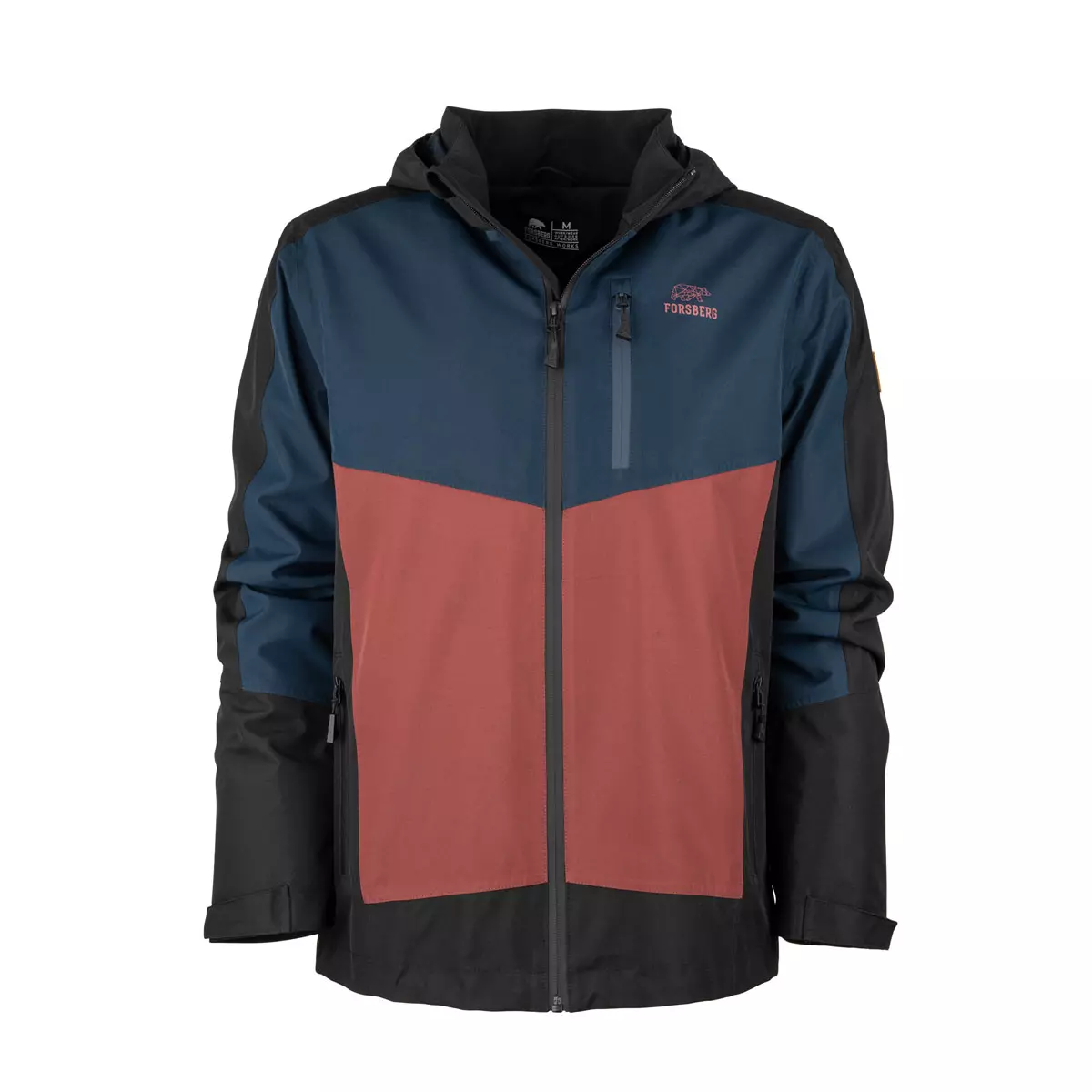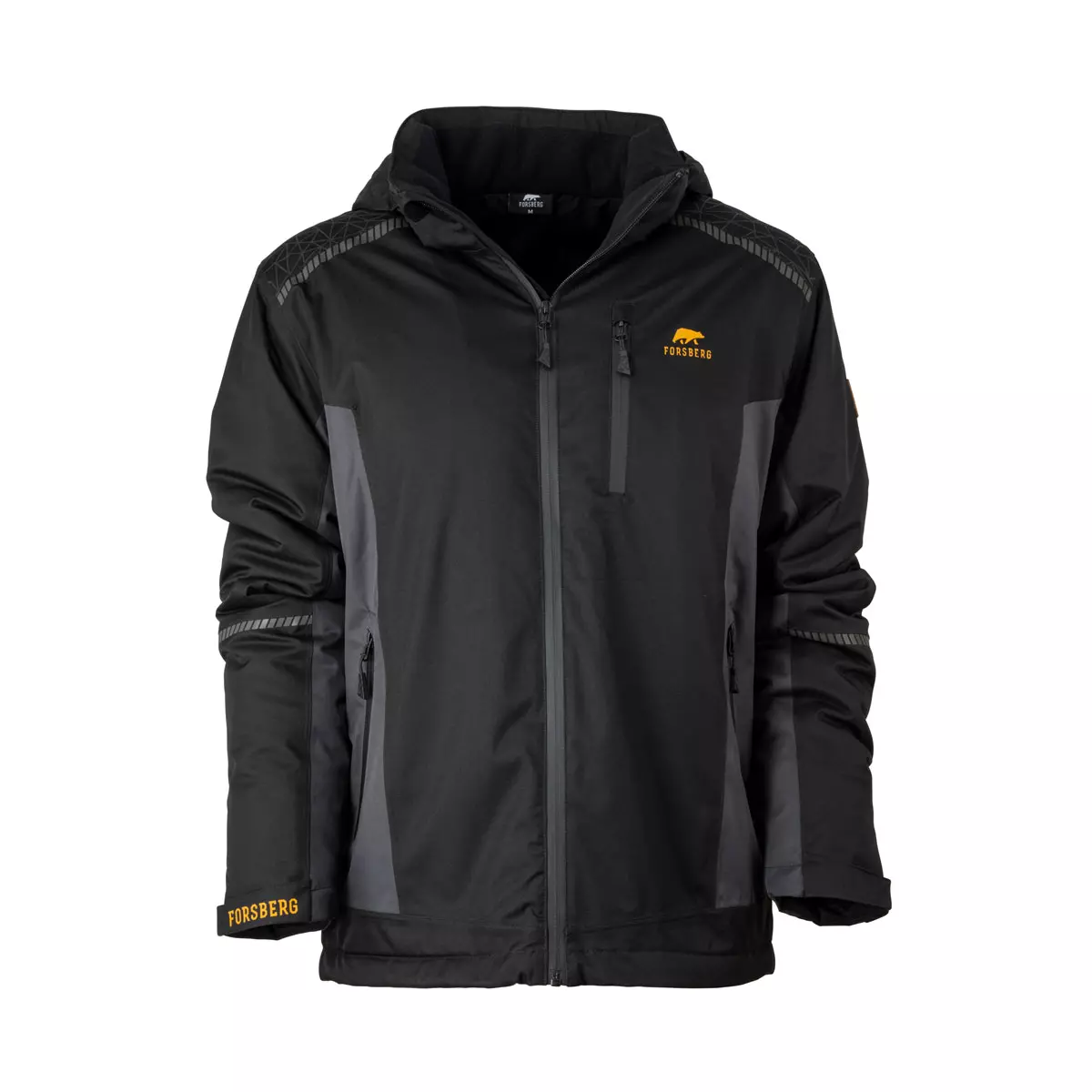Work Jackets – Overview & Buying Guide
Why work jackets?
Work jackets are functional outerwear designed for trades, industry and outdoor tasks. They combine protective features with freedom of movement: wind‑ and weather‑resistant outer layers, insulating inner layers and practical pockets for tools and accessories. Typical use cases include construction, assembly, logistics and any activity where clothing must be robust yet comfortable.
Target groups and benefits
- Craftspeople, technicians and service staff who move a lot and need tools within easy reach.
- Outdoor workers who require weather protection and breathability.
- DIYers and gardeners who appreciate hard‑wearing, easy‑care jackets.
Benefits: protection from wind and cold, durable workmanship, ergonomic cuts for full freedom of movement and well thought‑out pocket solutions. This guide is based on information from the existing FORSBERG™ overview, which highlights functionality, Scandinavian design and sustainable quality (Source: {category_url}).
Materials and technologies relevant for work jackets
Modern work jackets use several material groups and technologies. Important terms to know:
- Softshell: Elastic, wind‑resistant and partly water‑repellent layer with good wearing comfort. Ideal for mobility in light rain.
- Fleece: Often used as an insulating mid‑layer; lightweight, warm and breathable. Velour‑type fleece is durable and crease‑resistant.
- Polyester: Robust, dimensionally stable and quick‑drying; frequently used as an outer material or support layer.
- Membranes (e.g. PTFE‑based or PU membranes): Provide waterproof protection combined with breathability.
- Coatings: DWR (Durable Water Repellent) provides water‑repellency; PU coatings offer economical moisture protection.
Examples from the range:
- FORSBERG™ Oslo Work Jacket — Softshell outer, fleece inner; waterproof rating 5,000 mm hydrostatic head, breathability approx. 5,000 g/m²/24h (practical experience: good all‑round protection in changeable weather). (Source: {category_url})
- FORSBERG™ Bergen Softshell® — Three‑layer softshell with DWR; 8,000 mm hydrostatic head, very high moisture resistance (manufacturer's specification). (Source: {category_url})
- FORSBERG™ Arctic Winter Jacket — PU‑coated outer, insulated fill; recommended to about -20 °C for stationary work, good protection against moisture (Forsberg field test). (Source: {category_url})
Material coatings & care instructions
- DWR: Gives the outer layer water‑repellency through impregnation. The effect can fade after many washes; refreshing with suitable spray‑on or wash‑in impregnations is recommended.
- PU coating: Robust and cost‑efficient, but can crack under heavy wear; wash gently and do not use fabric softener.
Construction: 2‑layer vs. 3‑layer
- 2‑layer construction: Outer fabric + membrane; inner layer often a lining. Advantage: cost‑effective, lightweight.
- 3‑layer construction: Outer fabric + membrane + bonded inner layer; advantage: more durable, better protection in demanding conditions.
How to care for and maintain work jackets correctly?
- Preparation
- Close zippers and hook‑and‑loop fasteners, empty pockets.
- Brush off coarse dirt or remove with a damp cloth.
- Wash cycle
- Read the care label (Source: {category_url}).
- Use liquid detergent without fabric softener. Temperature typically 30–40 °C on a gentle program.
- Wash membrane jackets inside out with zippers closed.
- Re‑impregnating
- If water no longer beads up, renew the DWR impregnation (spray or wash‑in products).
- Activation: Briefly tumble dry on low heat or follow the manufacturer's instructions to reactivate the DWR.
- Drying and storage
- Dry outdoors or in the tumble dryer at low temperature.
- Do not store long‑term near direct heat or in strong sunlight; keep in a well‑ventilated place.
- Repairs
- Close small holes with repair patches or seam tape.
- Have defective zippers replaced; high‑wear areas (inner sleeves, waist) can be reinforced with stitching or patch material.
Practical tip from experience: Frequent quick brushing and spot cleaning lengthen service life more than repeated full washes.
Bild: [IMAGE: Work jacket in use — Alt: „Worker wearing FORSBERG™ work jacket on construction site“, Source: {category_url}]
Use cases
- On the construction site
- Scenario: An installer works outdoors in changeable weather.
- Why the jacket helps: A weather‑resistant outer layer protects from wind and splash; ergonomically pre‑shaped sleeves allow overhead work; multiple pockets store screws, a spirit level and a smartphone.
- Benefit for the buyer: Fewer trips back and forth, faster work, reduced chill during breaks.
- In the logistics hall
- Scenario: A picker moves between a cold storage area and a heated dispatch zone.
- Why: A lightweight softshell with fleece offers enough insulation and can be put on or taken off quickly (layering principle).
Top brands & models in comparison
[TABLE] • Brand • Model name • Technology/Membrane/Material • Performance data • Price range (€) • Source/experience
• FORSBERG™ • Oslo Work Jacket • Softshell outer / Fleece lining • Hydrostatic head 5,000 mm / Breathability ~5,000 g/m²/24h • 80–130 € • Forsberg field test • FORSBERG™ • Bergen Softshell® • 3‑layer Softshell / DWR • Hydrostatic head 8,000 mm • 120–180 € • Manufacturer's specification • FORSBERG™ • Arctic Winter Jacket • PU‑coated outer / Insulation fill • Warmth rating to -20 °C (stationary work) • 140–220 € • Forsberg field test • Helly Hansen® • Work Shell • Laminate membrane / Polyester • Hydrostatic head 10,000 mm • 150–250 € • Manufacturer's specification • Engelbert‑Strauss® • e.s.motion • Mixed softshell / Reinforced zones • Breathable, abrasion‑resistant • 100–170 € • Retailer data • Competitor X® • Allround Jacket • PU coating / Fleece • Hydrostatic head 6,000 mm • 70–140 € • Market comparison
Note: Price ranges are indicative; performance data come from manufacturer specifications or field tests. The FORSBERG™ range often offers the best price‑performance ratio thanks to Scandinavian cuts, solid materials and fair pricing (Source: {category_url}).
Bild: [IMAGE: Close‑up of zipper and pockets — Alt: „Close‑up of zipper and reinforced pocket of a FORSBERG™ jacket“, Source: {category_url}]
Frequently asked questions (FAQ)
How can I tell if a work jacket is really water‑repellent? Answer: A jacket is water‑repellent if the outer layer is treated with DWR or if it has a waterproof membrane. A quick test: water beads up on the surface; if it soaks in, re‑impregnation is needed.
Should I choose softshell or a fully waterproof jacket? Answer: Softshell is suitable for active work in light rain and cold; for persistently wet conditions a waterproof, possibly taped 3‑layer jacket is better.
How often should I renew the impregnation? Answer: With regular use, depending on wear, after about 10–20 washes or as soon as water no longer beads.
Can work jackets be tumble‑dried in the washing machine dryer? Answer: Tumble‑drying on low can reactivate DWR; strictly follow the care instructions and avoid high temperatures.
How long does a high‑quality work jacket last? Answer: With proper care and moderate use, 3–7 years; heavily stressed areas may need repair or replacement sooner.
Which jacket is best for the layering principle? Answer: Choose a lightweight softshell or fleece as a mid layer and a waterproof outer shell as the top layer.
Bild: [IMAGE: Outdoor application scenario — Alt: „Technician wearing layered FORSBERG™ jackets while working outdoors“, Source: {category_url}]
Final note and internal links
Further guides: You can find detailed care instructions in our wash and care guide and close‑fitting layering tips in the blog post “Layering for Professionals” (internally link to relevant resources). Browse our selection of work jackets now and find the perfect product for your needs.



